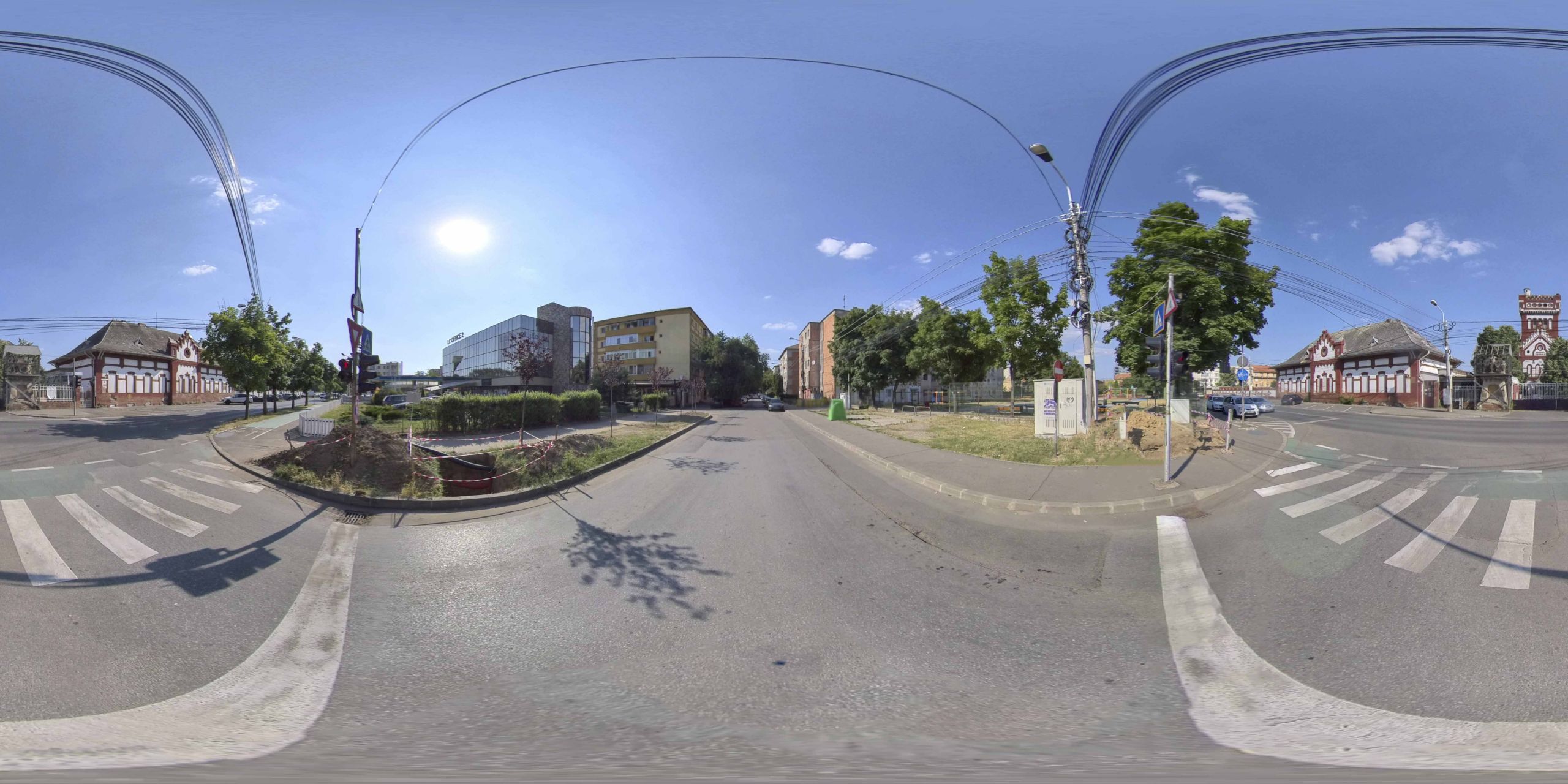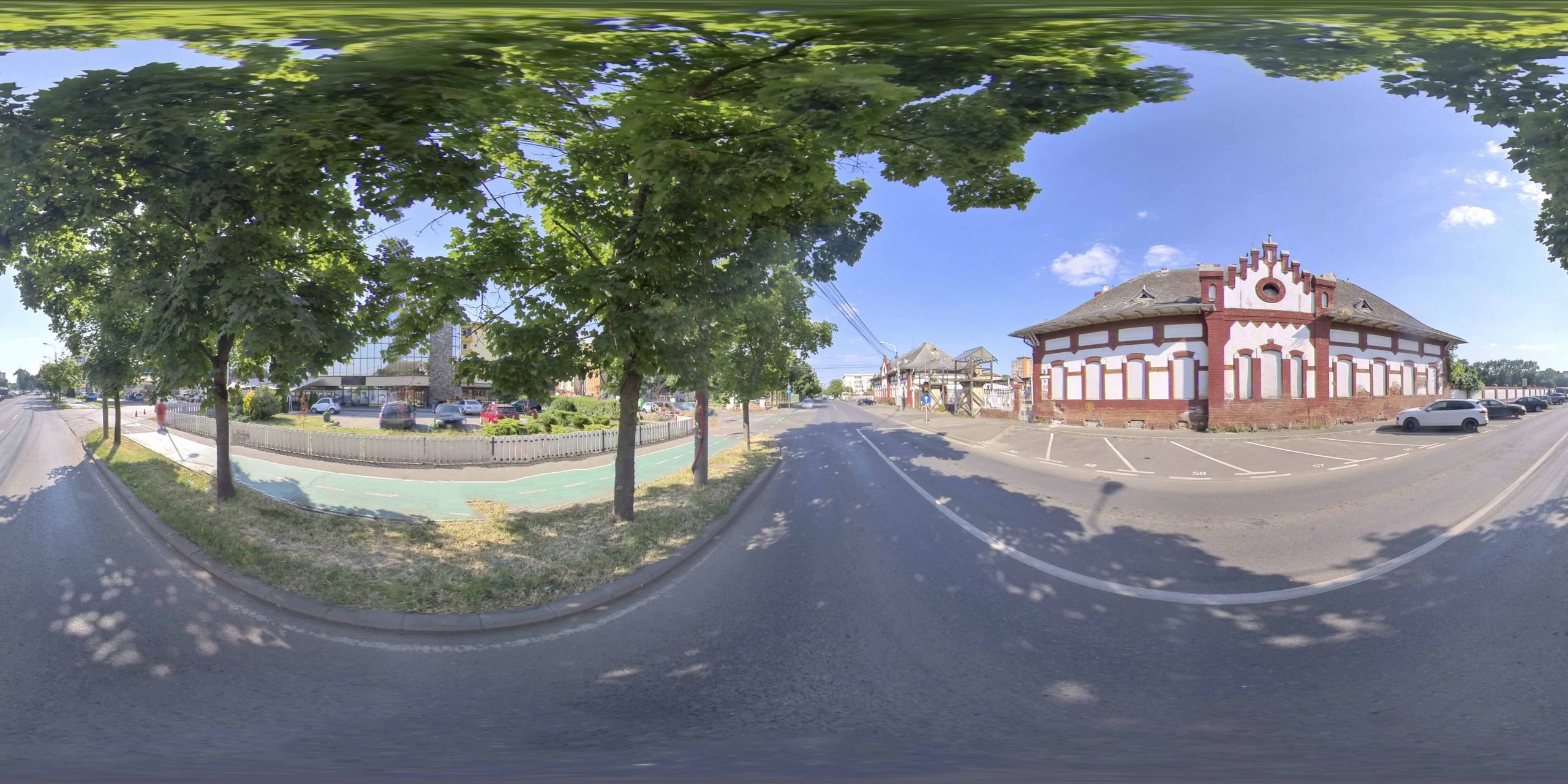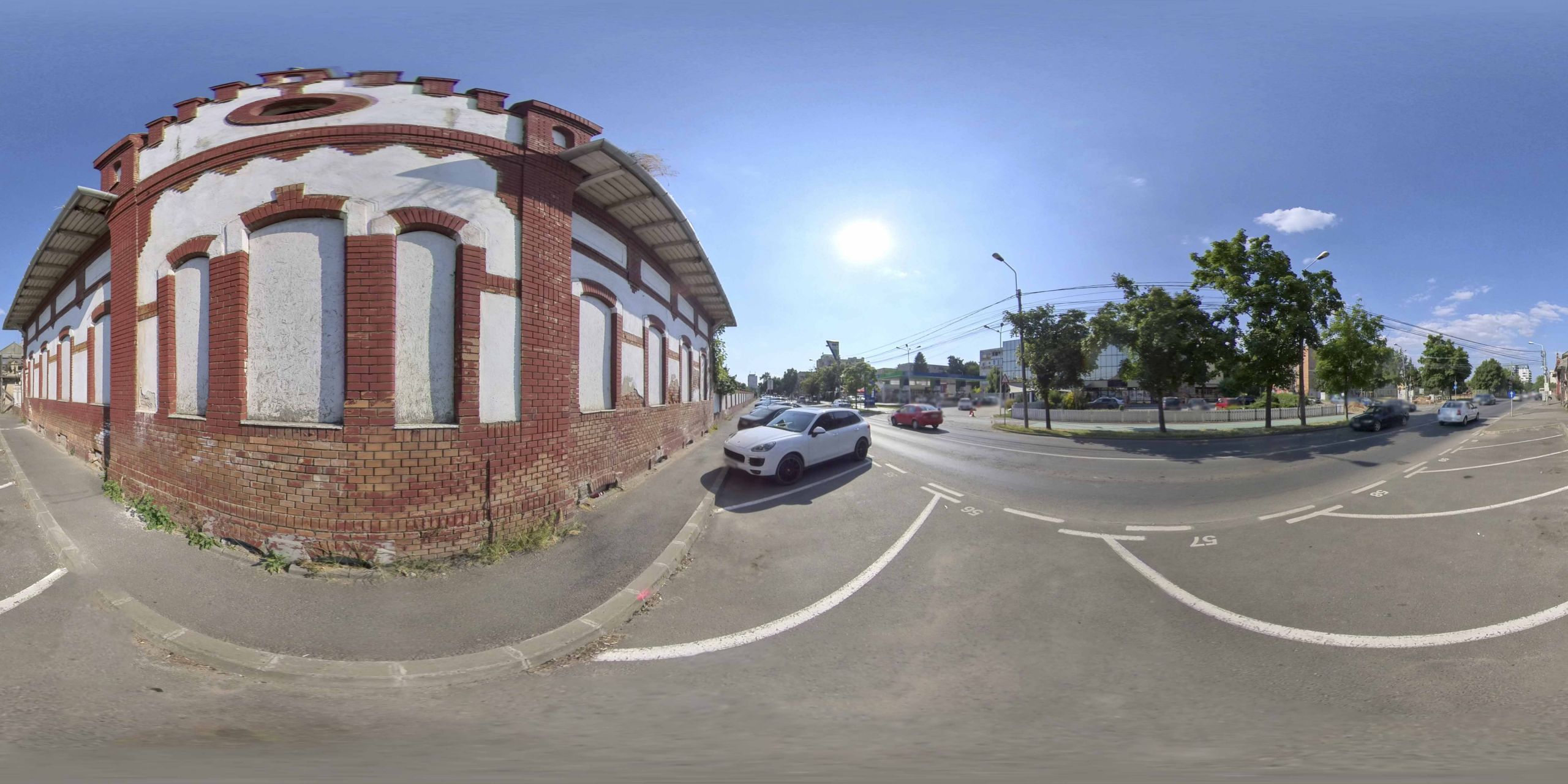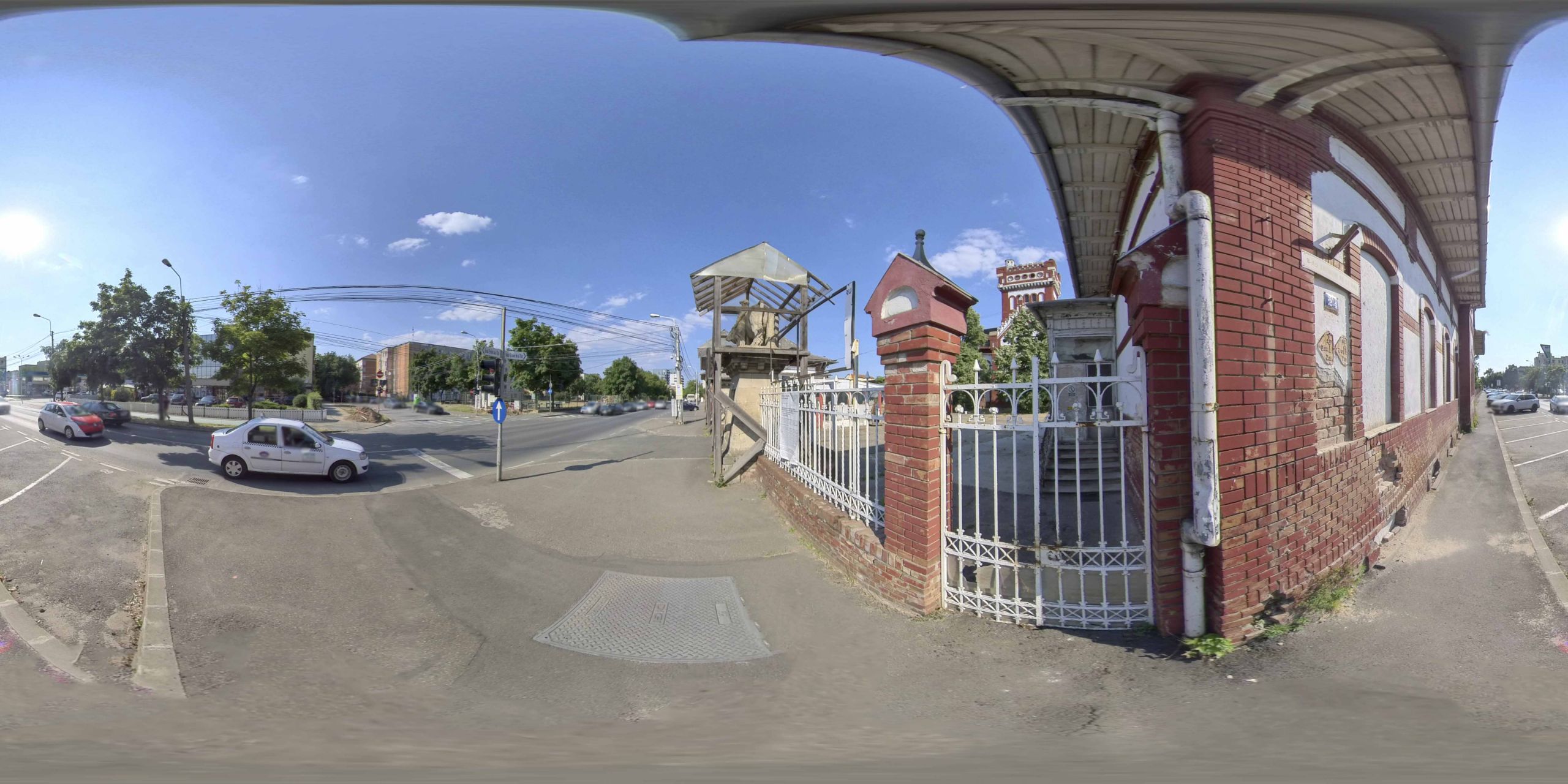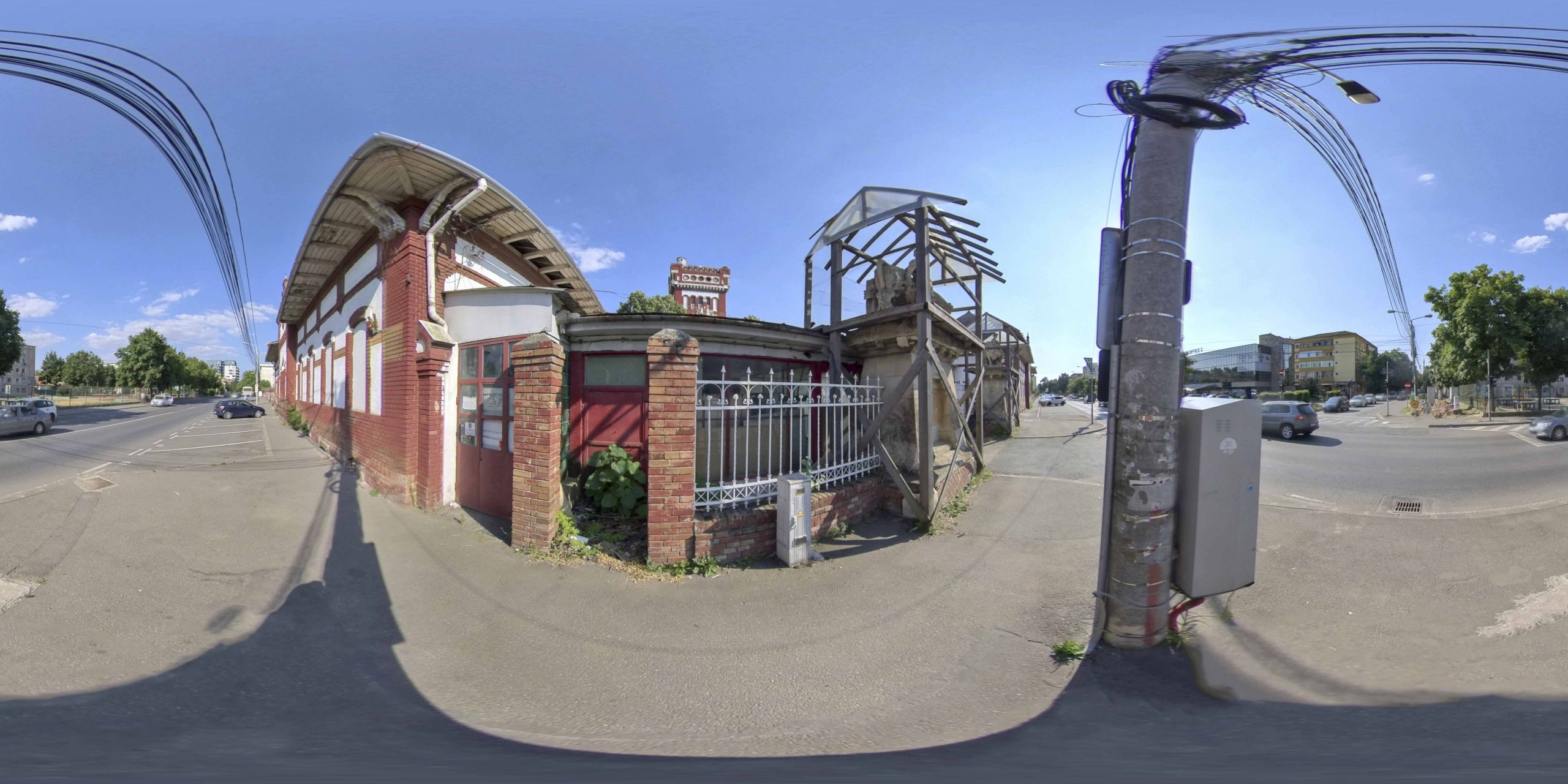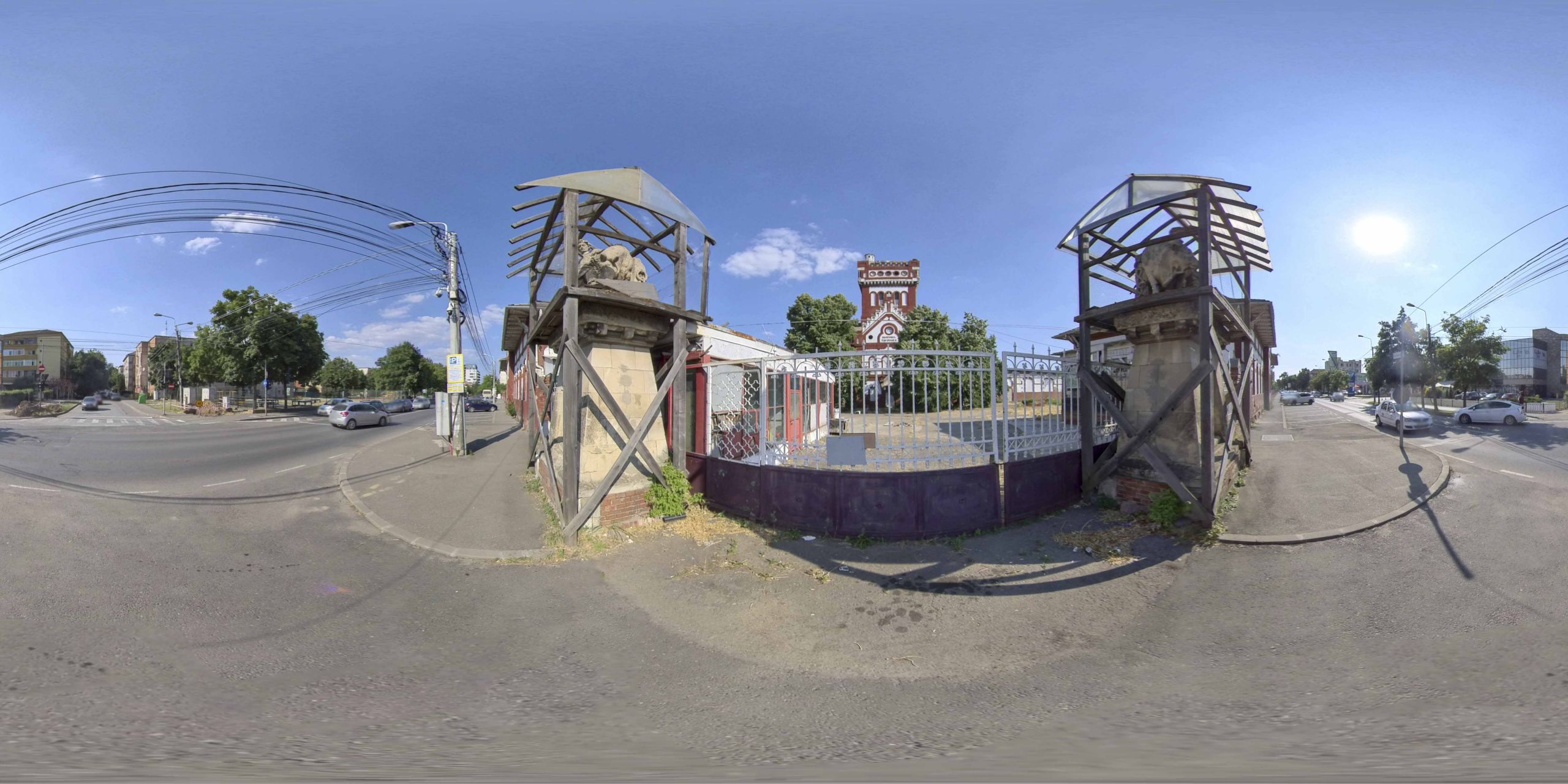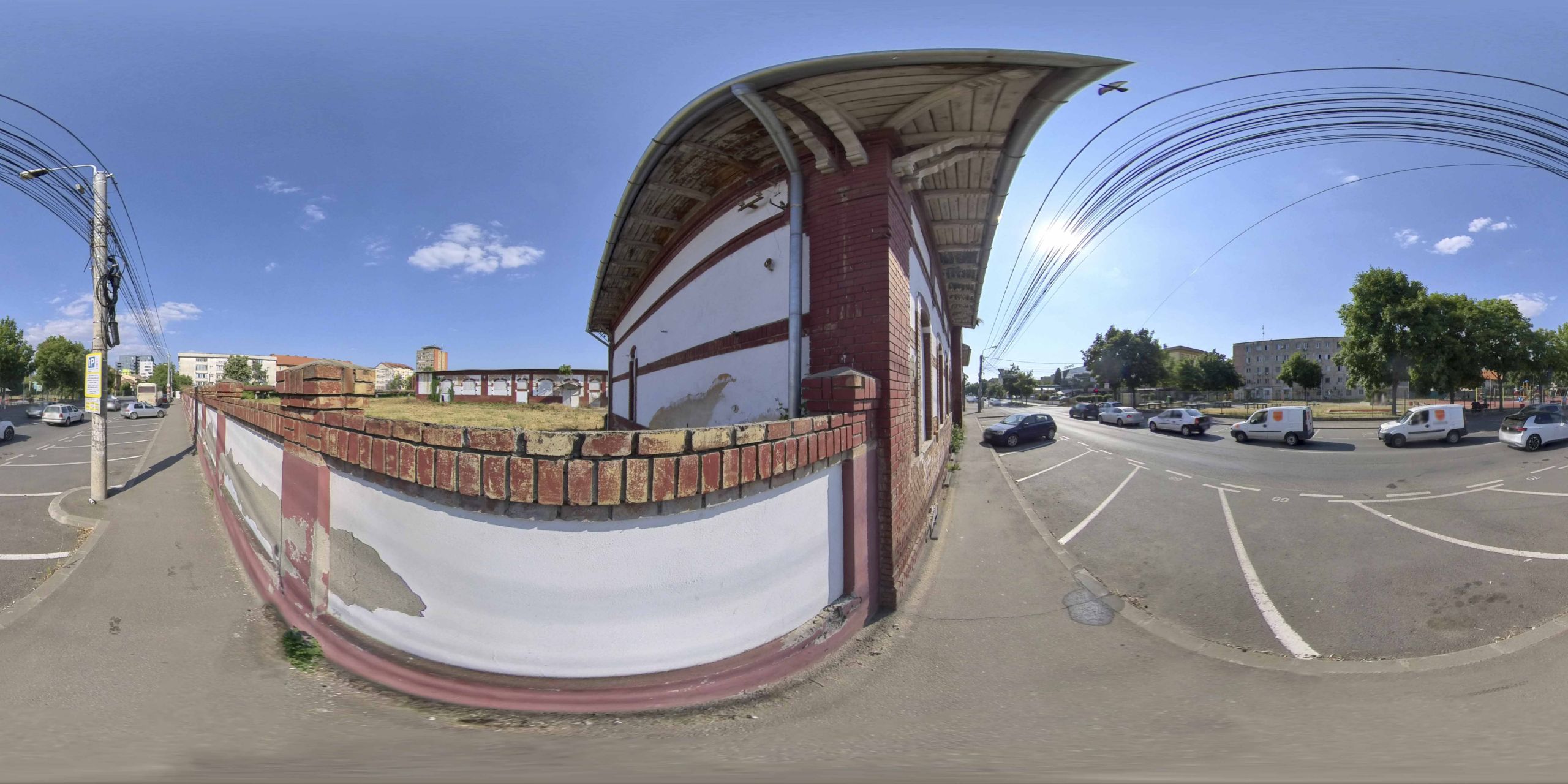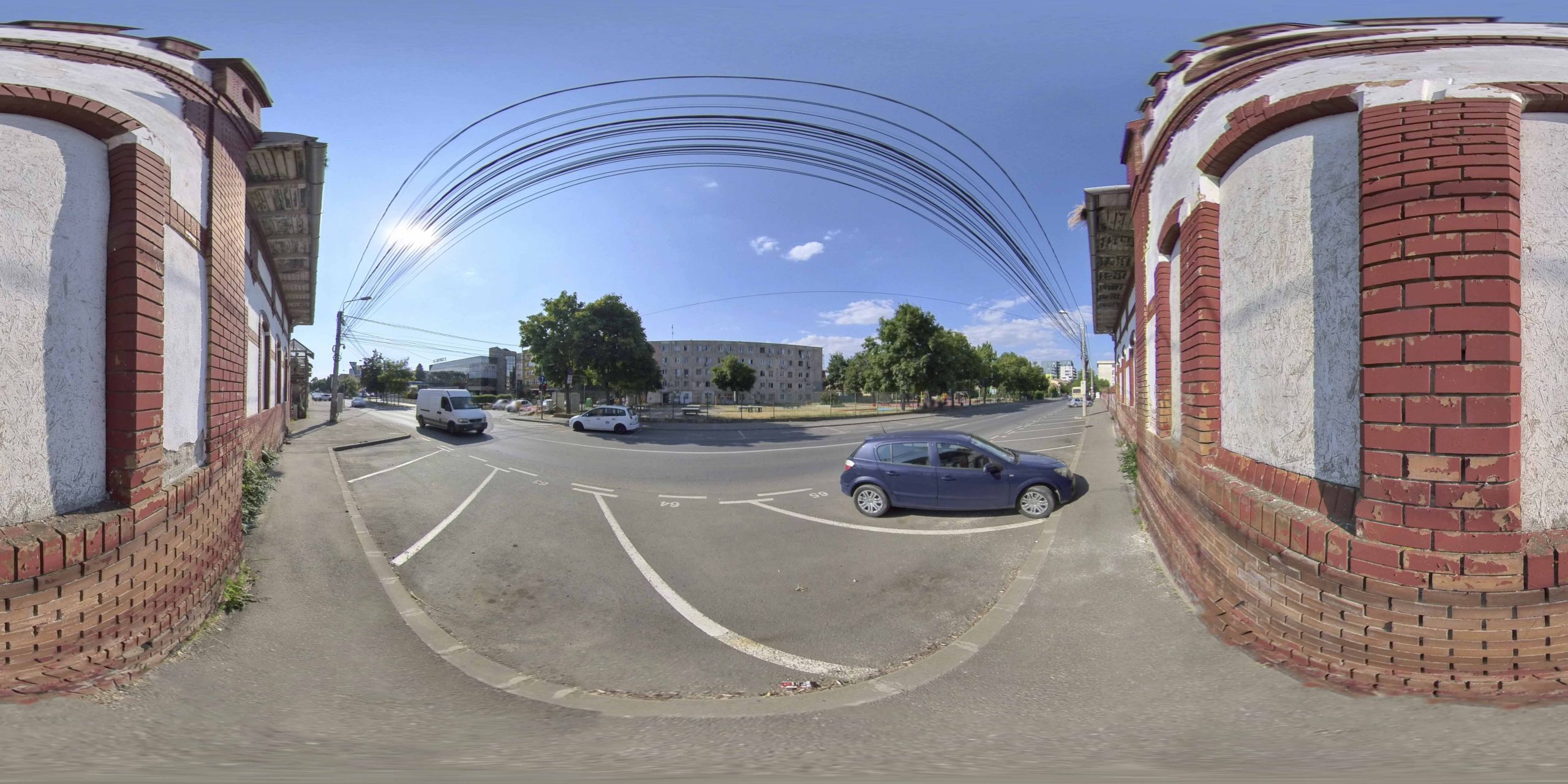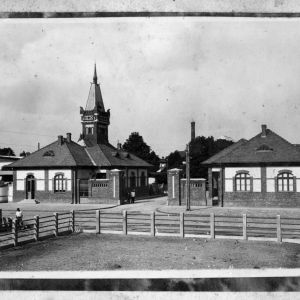Slaughterhouse, 24 Eroilor de la Tisa Boulevard
In 1904-1905, between the Fabric and Elisabetin neighborhoods, a slaughterhouse for cattle and pigs was built on an area of six cadastral yards, which corresponded to all modern requirements at that time, both in terms of size and equipment. .
Listen to the audio version.
The need to set up a modern slaughterhouse to improve animal health conditions was increasingly felt in Timișoara at the end of the 19th century. In this context, in 1904-1905, between the Fabric and Elisabetin neighborhoods, a slaughterhouse for cattle and pigs was built on an area of six cadastral yards, which corresponded to all modern requirements at that time, both in terms of size and equipment.
This institution was managed by the city authorities, through a director-veterinarian, who was assisted by two more veterinarians. In addition to these, another 14 people were employed as machinists, stokers, etc. They also served the Ice Factory, which was set up here in 1910 with the conversion of the cooling plant. The Dairy Plant which provided healthy, sterilized milk to the city's residents, was in the same location. Since the Slaughterhouse was a public health institution, the slaughter fees were fixed in such a way as not to damage the city’s budget.
The construction of the Slaughterhouse, which comprised eleven buildings, involved an investment of approximately 800,000 crowns, an amount that included both construction costs and the value of the land, and the costs of arranging the access road.
The slaughterhouse was designed by architect László Székely and built by a local entrepreneur, Eugen Klein. At present, it is a historical monument ensemble - code LMI TM-II-m-A-06134. From the totality of the buildings that made up the ensemble are preserved: the central body (with a volume of medieval inspiration), the two access pavilions, and the former slaughter halls and part of the historical enclosure. This is one of the few industrial heritage ensembles partially preserved on the territory of Timișoara.
Bibliography:
Josef Geml, The old Timișoara in the last half of the century 1870-1920, Cosmopolitan Art Publishing House, Timișoara, 2016.
The Slaughterhouse
Listen to the audio version.
Which were the most important factories in the city? There was Tehnometal, formerly Bozsák, to whom it belonged before the nationalization. This company produced screening equipment, grain sorters, 200-liter metal barrels. That, on the one hand. On the other hand, it also had a weaving and a boring floor. Initially, Technometal was on Gloriei Street, in Fabric, behind the Brewery, then it expanded on Calea Buziașului road, where it moved eventually. Only the boring unit was left on Gloriei Street. Then there was UTT, a very big factory. Before the nationalization, it was called Romitex. It was a textile factory. Also important was the Slaughterhouse, on Eroilor Street, where there are the statues of two people holding bulls by the horns. There was even a joke saying that the only two people who wouldn’t steal from the slaughterhouse were the ones holding the bull by the horns. The place has undergone a major modernization program. In the beginning, things were totally primitive there, when I used to work there. Things have changed completely. It was sheer cruelty what they did to the animals there. Then they enforced some new rules, the man who would take the animals to the slaughter was no longer allowed to whip or club them, whether they were cattle, sheep or pigs.
Ioan Banu, born in 1939 - excerpt from an interview by Adrian Onică, Timișoara 2004, published in Basarabeni şi bucovineni în Banat. Povestiri de viaţă (Bessarabians and Bukovinians in Banat. Life stories), second edition. Brumar Publishing House, Timișoara 2011.
